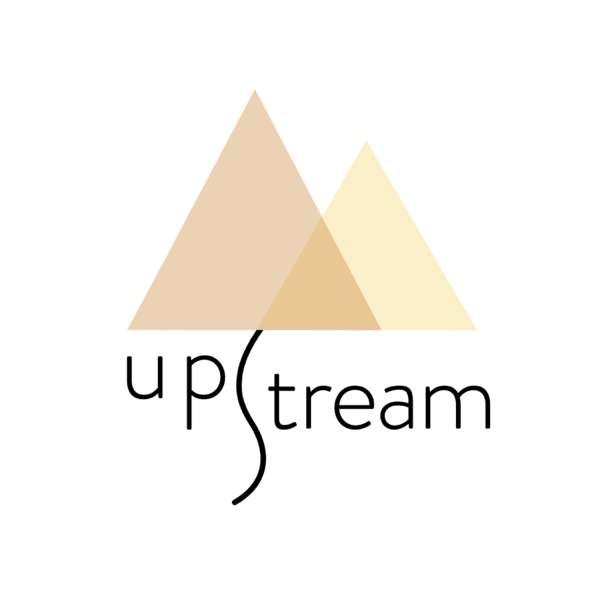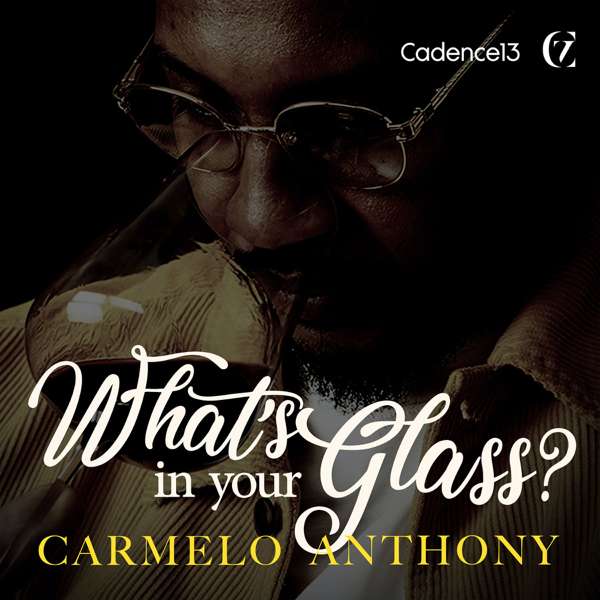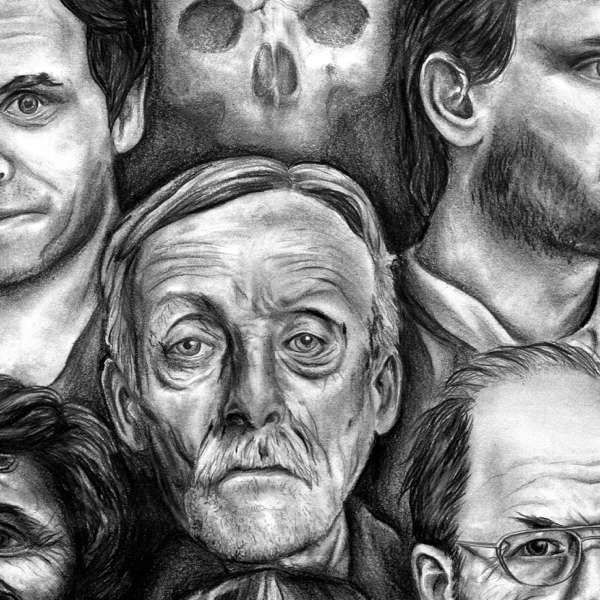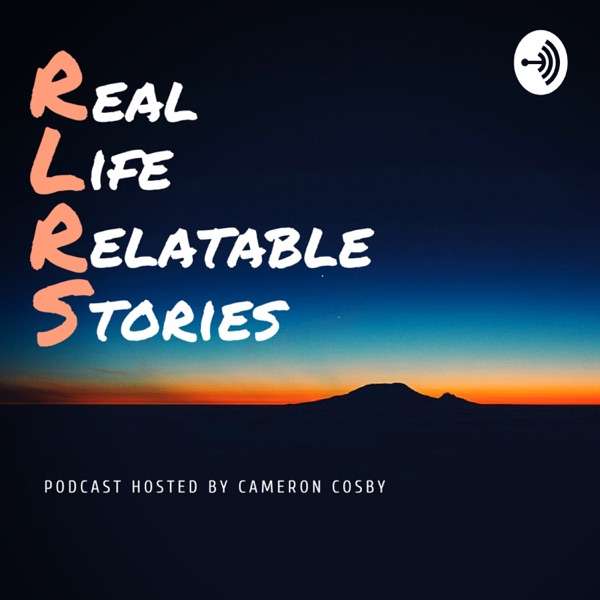https://Art2Life.com - Arts and aesthetic experiences positively influence our body, brain, and behavior, improving our overall health and well-being. Find out more about the fascinating journey that led Ivy Ross and Susan Magsamen to write their groundbreaking book, unveiling scientific proof of what many artists intuitively understand—the transformative power of art in our lives.
We'll discuss memorable stories of personal transformation through art, the neurological mechanisms behind our sensory experiences, and the importance of cultivating an "aesthetic mindset" for a more fulfilling life.
Listen in to find out how art can enrich our lives and make us more vibrant, dynamic human beings. If you've ever wanted to understand the profound impact of creativity on our minds and bodies, this episode is one you won't want to miss.
================================
LISTEN IF YOU ARE INTERESTED IN…
(00:00) How Ivy and Susan connected over their shared love for play and curiosity
(08:10) Artists intuitively grasp concepts, with science now catching up
(14:27) Creating art allows deep exploration of personal tastes without judgment
(16:31) Connecting with passions fuels creativity and sparks an inspirational energy
(23:26) Feel before thinking; creative expression can reveal true emotions
(30:29) The experiment on neuroaesthetics at Milan Salone
(37:07) How firefighters use painting to alleviate PTSD
(43:00) How their book weaves together science and storytelling
(44:51) Art improves mental health in young moms
(55:52) Artists in Santa Fe create experiential art that moves beyond traditional forms
================================
RESOURCES MENTIONED
Your Brain on Art: https://www.yourbrainonart.com/
Luminary Scholars at Johns Hopkins: https://www.artsandmindlab.org/people/
Finding "A Space for Being" at Salone del Mobile in Milan: https://blog.google/technology/design/a-space-for-being-salone-del-mobile-milan/
The relationship between arts and cultural services and health outcomes by Daisy Fancourt: https://cloa.org.uk/wp-content/uploads/2024/05/Prof-Daisy-Fancourt-The-relationship-between-arts-and-cultural-services.pdf
Margaret Chisolm, MD: https://margaretchisolmmd.com/
Dominic Di Mare: https://browngrotta.com/artists/dominic-di-mare
About Joan Mitchell: https://www.joanmitchellfoundation.org/joan-mitchell
Your Brain on Art: https://www.amazon.com/dp/059344924X
Ashes2Art: https://www.firerescue1.com/trauma/articles/ashes2art-the-healing-power-of-creativity-for-firefighters-RGvsB1bDarCKxMLy/
Meow Wolf: https://meowwolf.com/
Ep 151 of the Art2Life Podcast: https://www.art2life.com/2024/11/06/wisdom-art-and-longing-judy-tuwaletstiwa-ep-151/
=================================
CONNECT WITH IVY ROSS AND SUSAN MAGSAMEN
Susan Magasmen on LinkedIn: https://www.linkedin.com/in/susan-magsamen-6345918/
Ivy Ross on LinkedIn: https://www.linkedin.com/in/rossivy/
Your Brain on Art on LinkedIn: https://www.linkedin.com/company/your-brain-on-art/
=============================
CONNECT WITH NICHOLAS WILTON AND ART2LIFE:
Get the Free COLOR TIPS PDF: https://workshop.art2life.com/color-tips-pdf-podcasts/
Follow the Sunday Art2Life Vlog: https://art2life.lpages.co/sign-up-for-the-a2l-vlog/
Follow Nicholas Wilton's Art on Instagram: https://www.instagram.com/nicholaswilton/
Follow Art2Life on Instagram: https://www.instagram.com/art2life_world/?hl=en
Subscribe on Youtube: https://www.youtube.com/c/Art2Life
#Art2Life #FineArt #AbstractArt #ModernArt #Contemporary

 Our TOPPODCAST Picks
Our TOPPODCAST Picks  Stay Connected
Stay Connected







